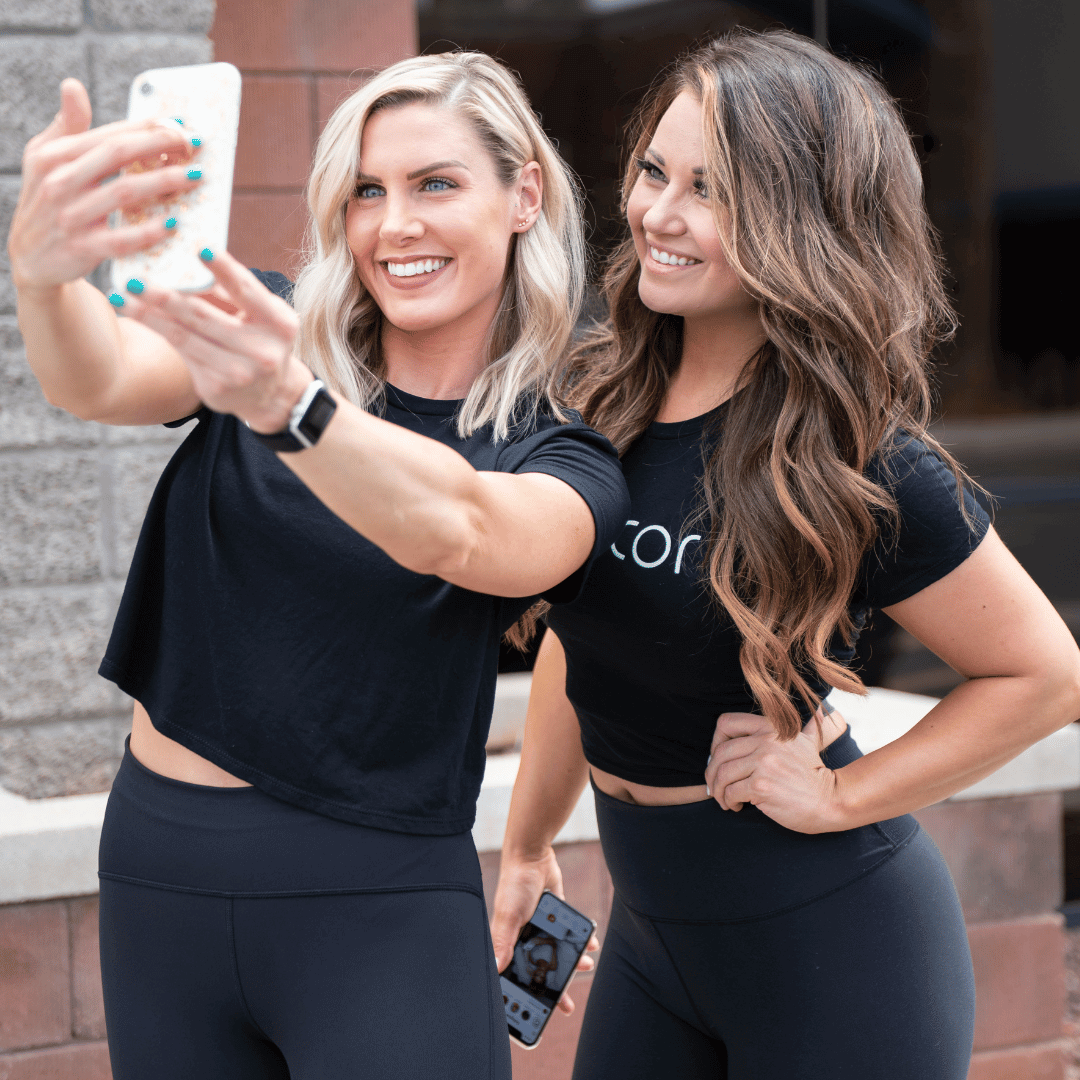The Fitzpatrick Scale classifies skin types into six categories, guiding medical and cosmetic procedures like (LLLT) for non-invasive body contouring.
Understanding these types ensures tailored treatments that align with individual skin characteristics, enhancing both safety and effectiveness.

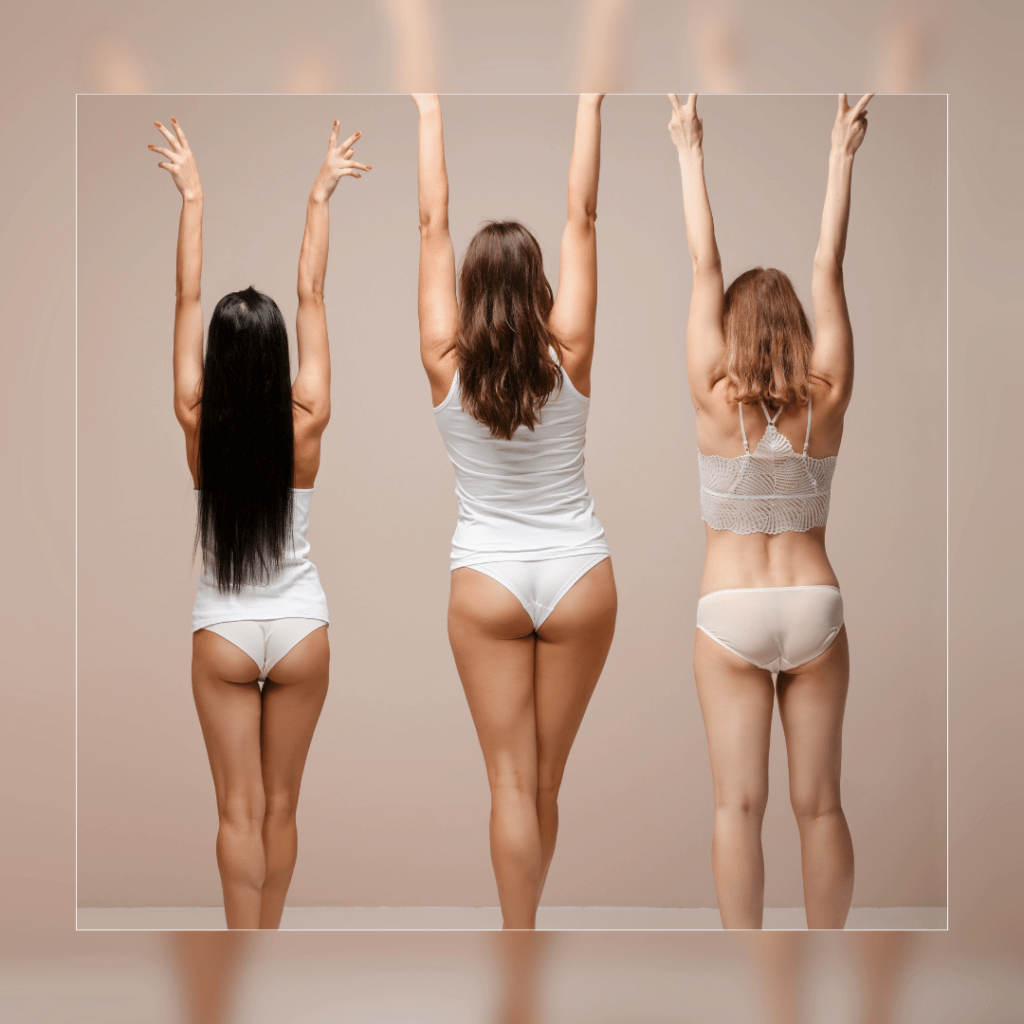
The Fitzpatrick Skin Type Scale is a somewhat subjective categorization system. It was formulated based on individuals’ descriptions of their skin’s response to sunlight exposure.
Through extensive research, the developers identified clear patterns. Six distinct categories were established by the originator.
It’s likely that you may not align perfectly with all the traits of a single type, so choose the one that most closely matches your skin characteristics.
Below is a guide to help you identify the category that best suits you.

Light, pale white, always burns, never tans

White, fair, usually burns, tans with difficulty

Medium white to olive, sometimes mild burn, gradually tans to olive

Olive moderate brown, rarely burns, tans with ease to a moderate brown

Brown, dark brown, very rarely burns, tans very easily

Black, very dark brown to black, never burns, tans very easily, deeply pigmented







Understanding the relationship between low-level laser therapy (LLLT) for non-invasive body contouring and the Fitzpatrick scale is critical step to delivering a safety-first, positive customer experience.
The Fitzpatrick scale categorizes skin types and their response to UV light, which directly influences how skin reacts to laser therapy.
Understanding of this scale ensures that technicians can tailor treatments to individual skin types, minimizing risks and optimizing results.
Misjudging a client’s skin type can lead to ineffective treatment or adverse reactions, especially in low-level laser therapy for non-invasive body contouring.
The Fitzpatrick scale serves as a vital tool in delivering personalized, safe, and effective body contouring treatments.
By accurately assessing the client’s skin type, technicians can select the appropriate laser settings, ensuring a successful outcome and minimizing potential risks.
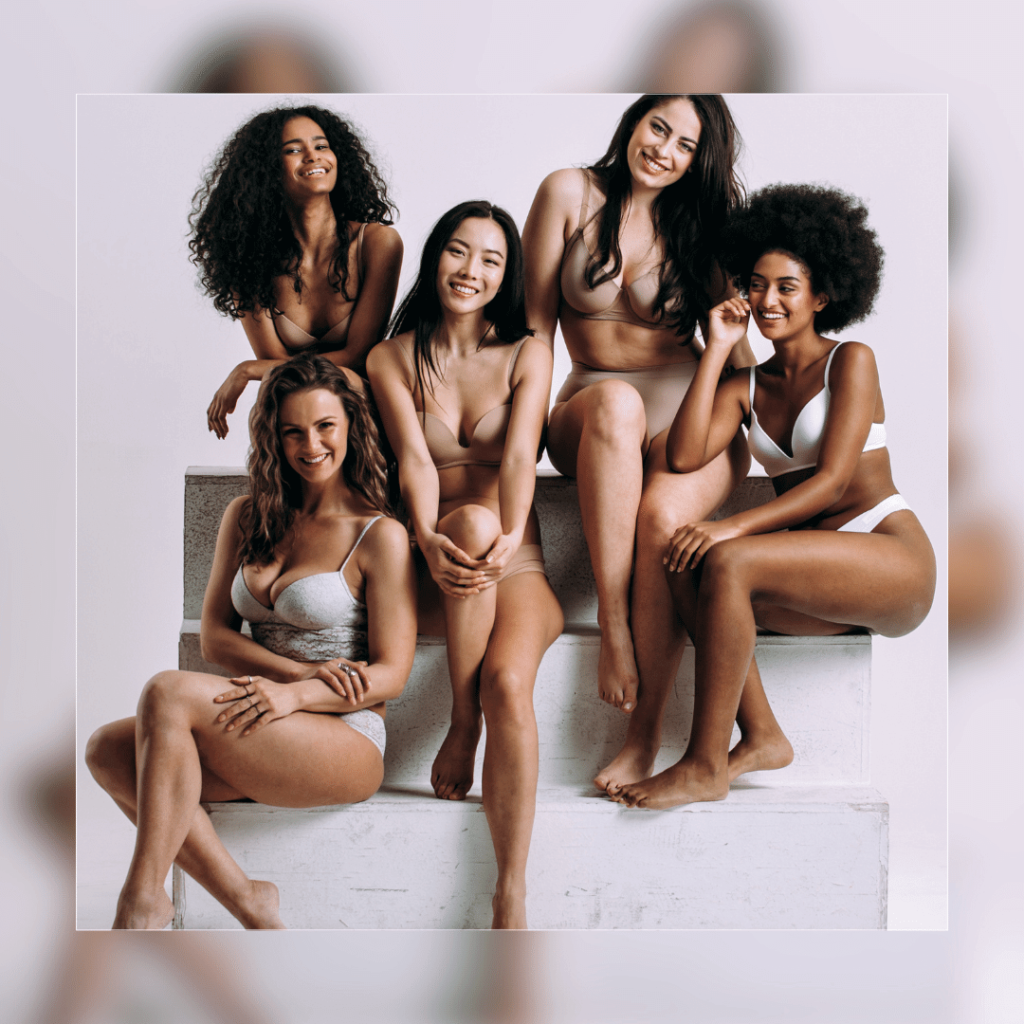
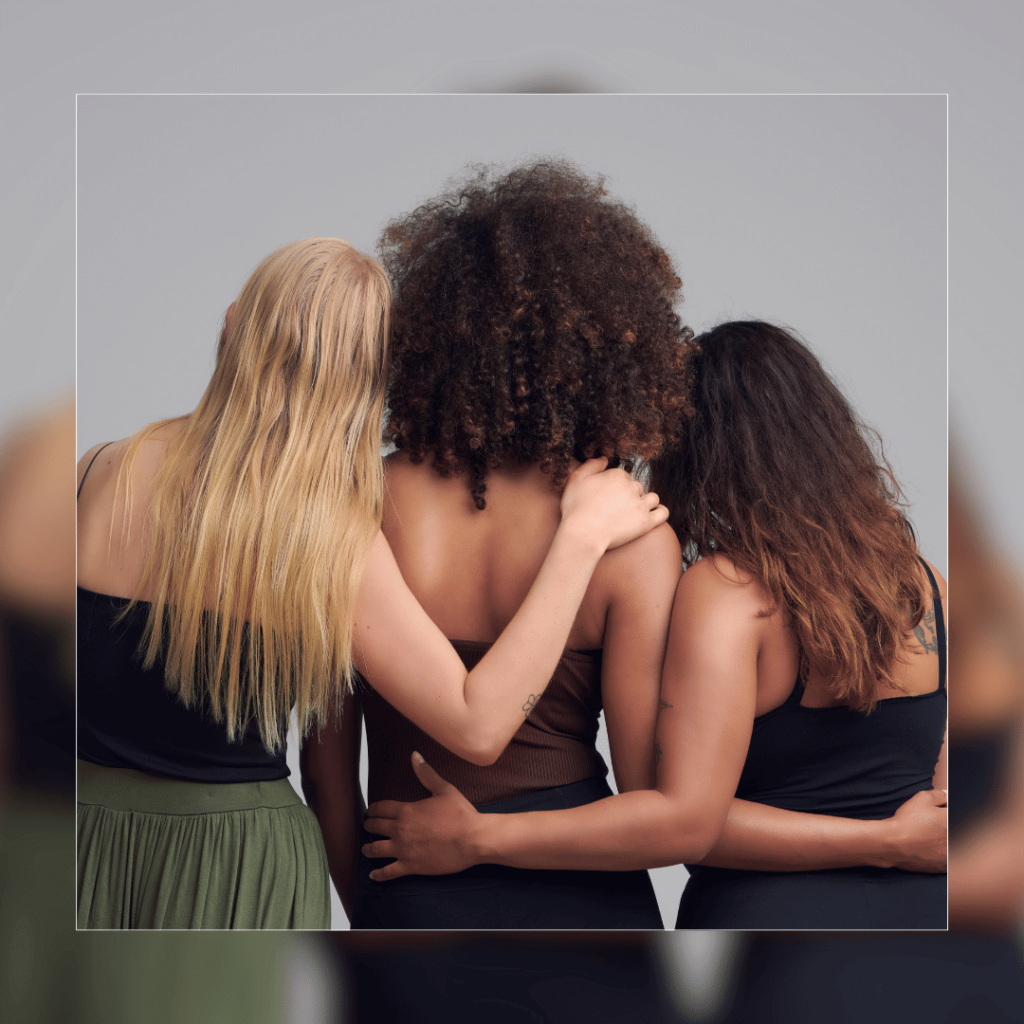
Higher Melanin Content
Type V and Type VI skin have a higher concentration of melanin, the pigment responsible for skin color. Melanin absorbs laser energy more readily than lighter skin tones.
Melanin is a natural pigment found in the skin, responsible for determining skin color. Its interaction with laser energy is a critical consideration in Low-Level Laser Therapy (LLLT) for non-invasive body contouring.
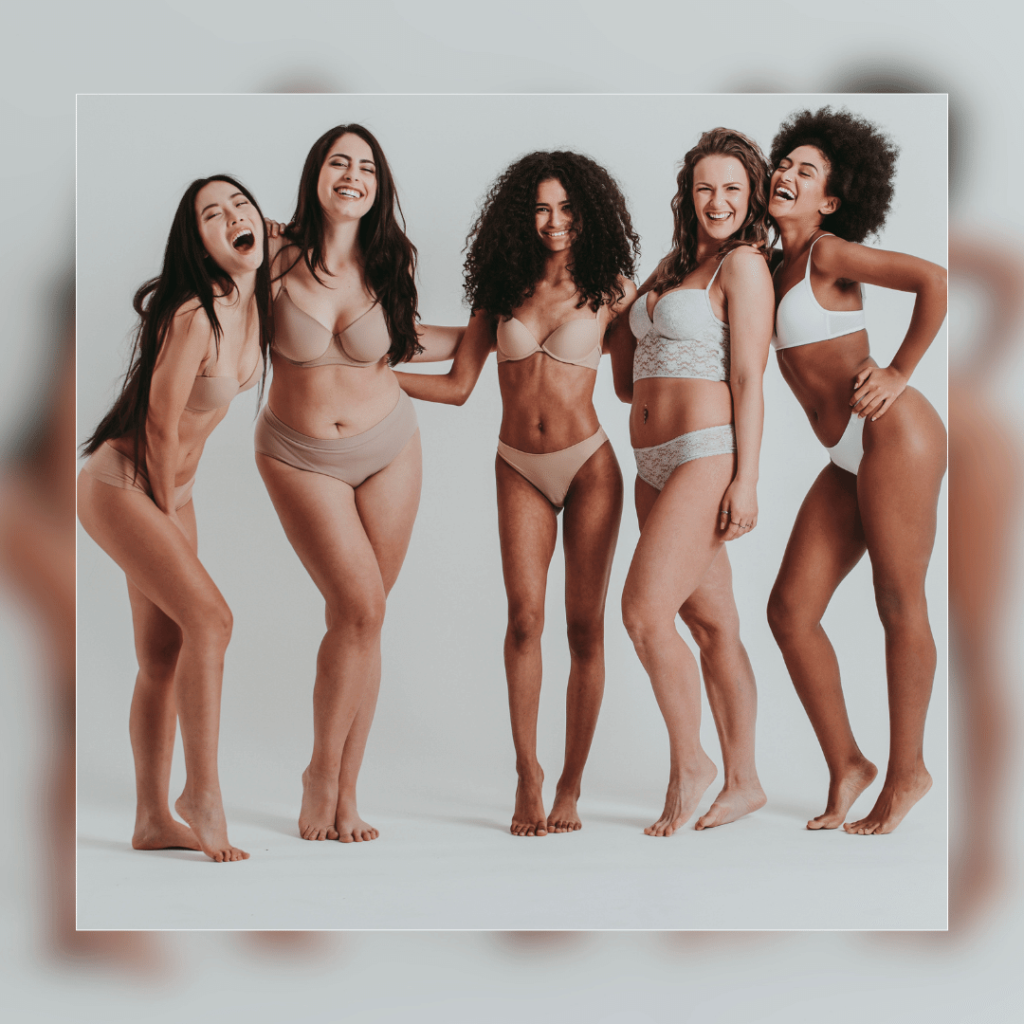

Type V and Type VI
In the application of Low-Level Laser Therapy (LLLT) for non-invasive body contouring, understanding the unique characteristics of each skin type is critical.
Particularly for skin types classified as Type V and Type VI on the Fitzpatrick Scale, which often include individuals with darker skin tones, a specialized approach is required.
The need for lower laser strength settings in these cases is not a matter of ethnicity but a scientific consideration.
In the context of LLLT non-invasive body contouring, Type V and Type VI skin types present unique considerations.
The higher melanin content in these skin types leads to an elevated absorption rate of laser energy, which is then converted into heat.
This conversion can cause the skin’s surface to overheat during the treatment. Such overheating may result in burns, potentially leading to temporary or permanent changes in skin pigmentation.
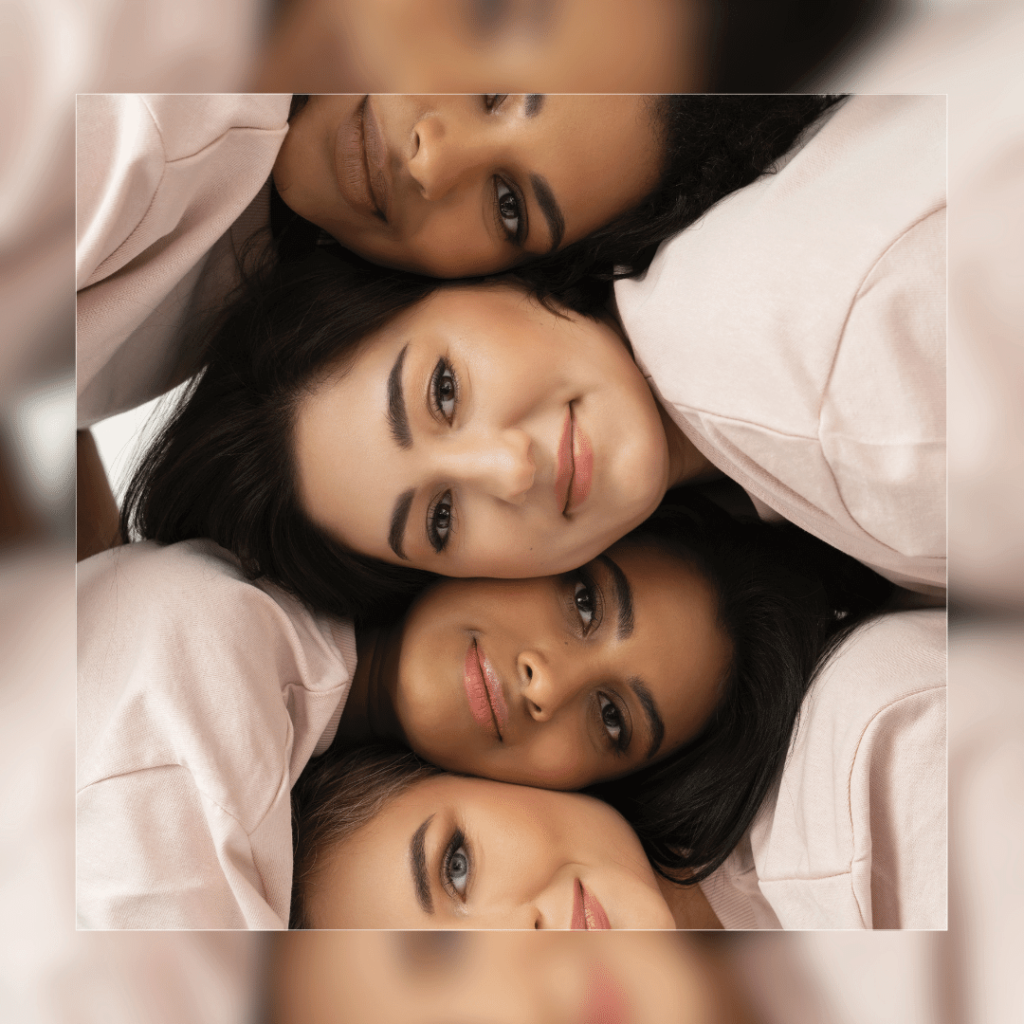

Certain ethnicities, including those with black skin and Native American skin, are often classified as Type V and Type VI on the Fitzpatrick Scale.
These skin types require a specialized approach in Low-Level Laser Therapy (LLLT) due to their higher melanin content.
The increased melanin leads to a higher absorption rate of laser energy, which can cause the skin’s surface to overheat. Always start with lower level settings to avoid potential skin burns.
Lower Strength Settings
Starting with lower laser strength settings minimizes the risk of pigmentation changes.
Lower settings allows for a more controlled application of laser energy, ensuring that the treatment targets the intended areas without affecting the surrounding skin.
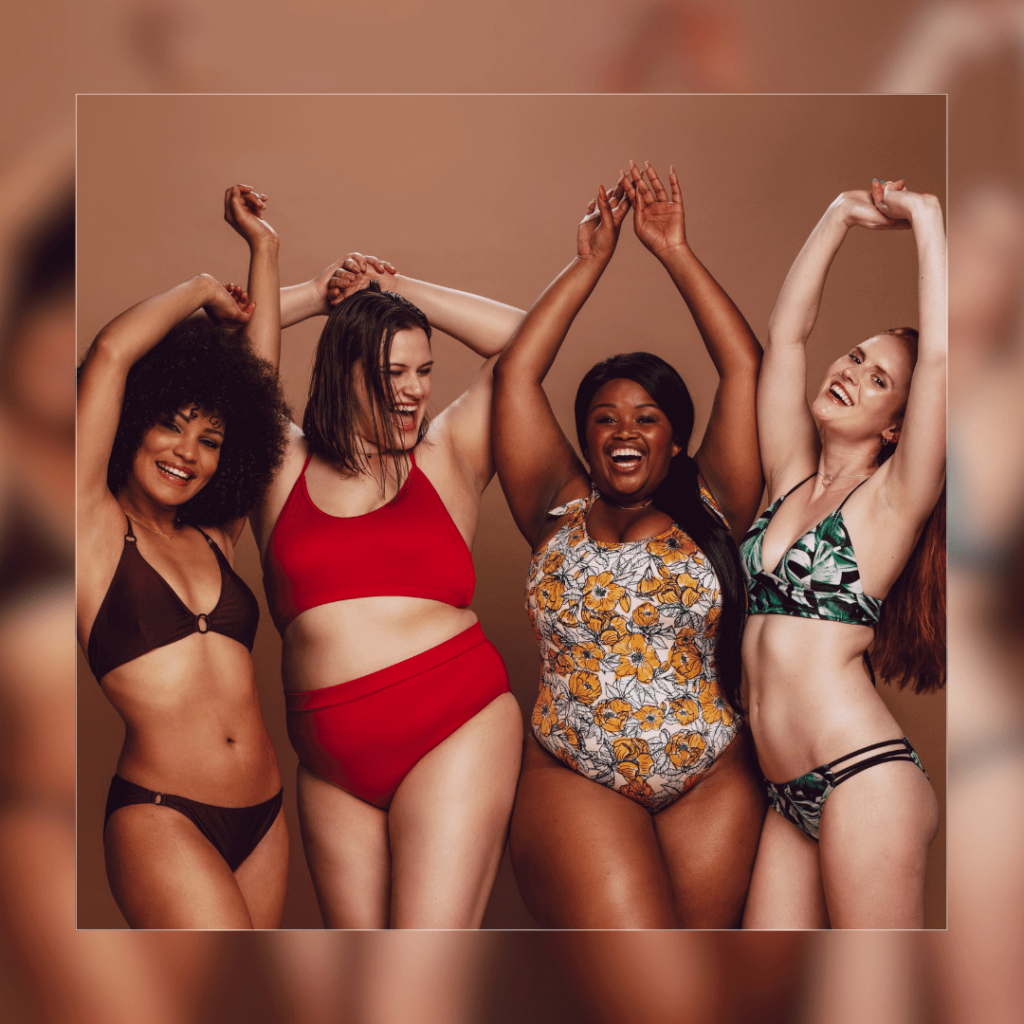
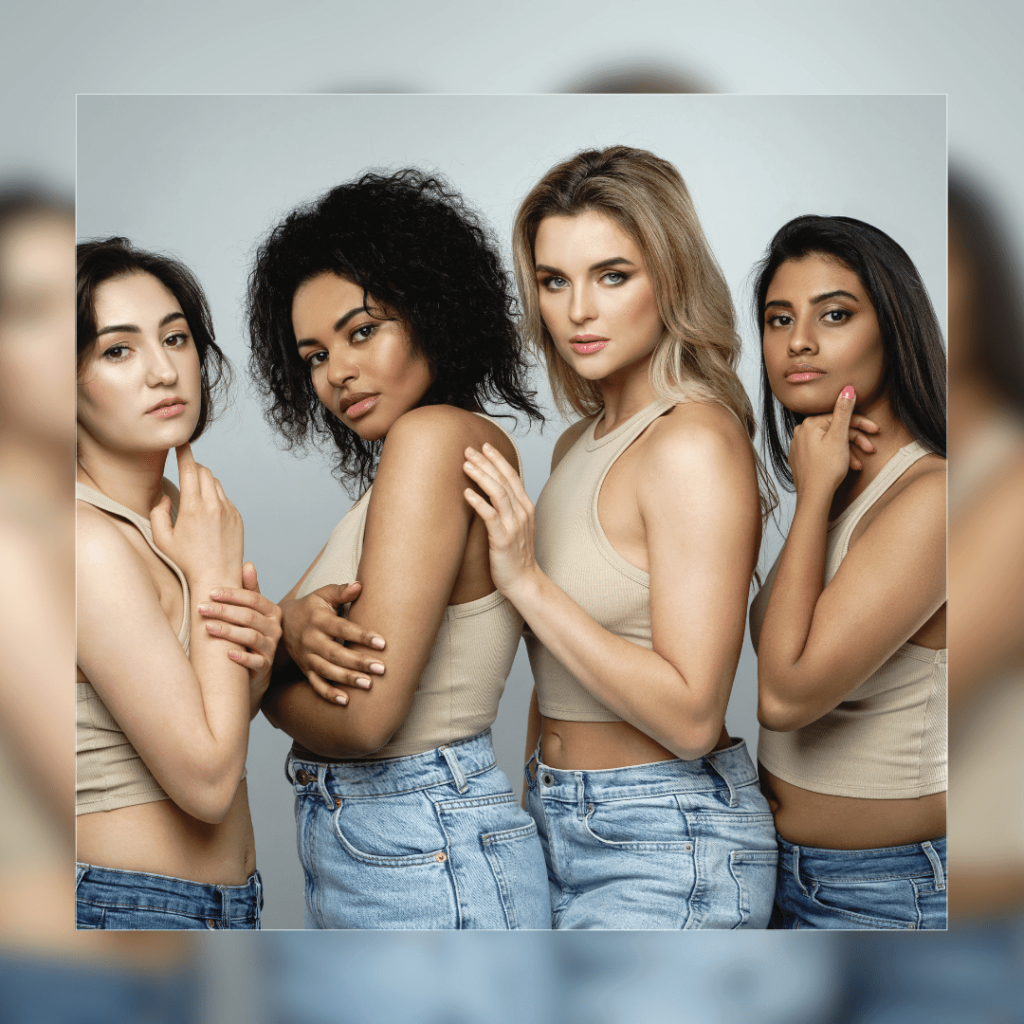
4 easy steps to emphasize safety and positive customer experience:
Lower Strength Settings
As it relates to the intensity of the wavelength settings, the same conditions apply when choosing a starting wavelength strength to begin with.
For individuals with darker skin types, including those of Black and Native American ethnicities, often classified as Type V and VI on the Fitzpatrick Scale, shorter wavelengths in Low-Level Laser Therapy (LLLT) may be preferred.
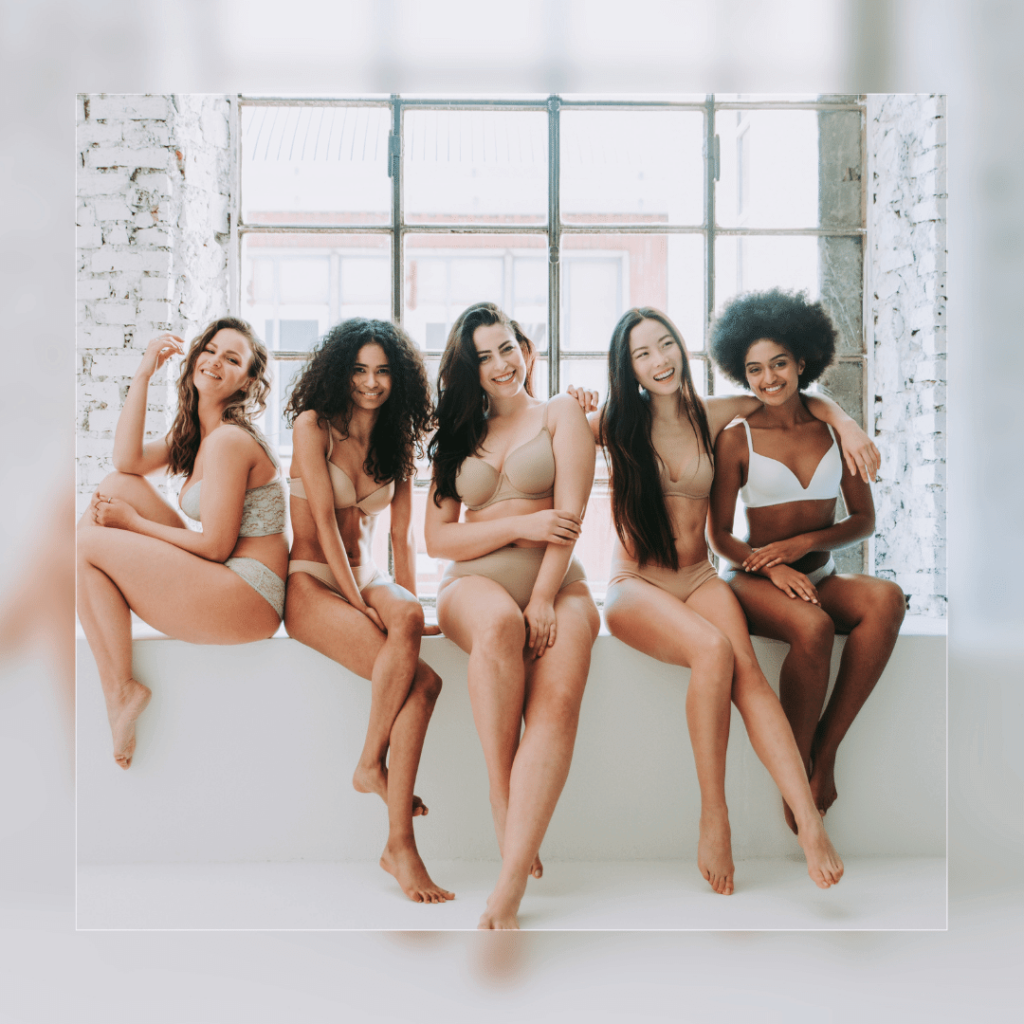
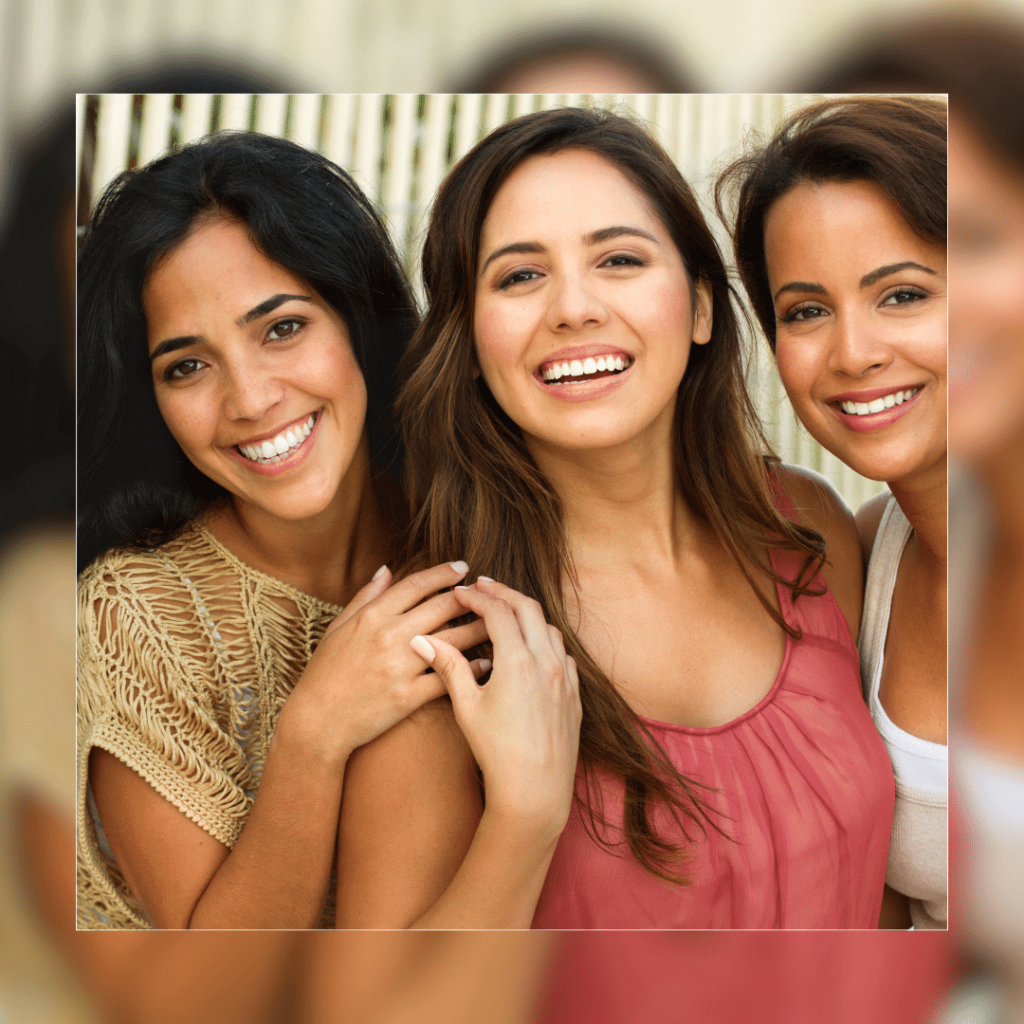
The relationship between (LLLT) and darker skin types is complex and requires a nuanced understanding of skin physiology and laser physics.
The higher melanin content in Type V and Type VI skin creates a unique interaction with laser energy, necessitating a cautious and individualized approach.
Starting with lower laser strength settings and carefully selecting the appropriate wavelength provides effective non-invasive body contouring while minimizing the risk of pigmentation burns.
Click below to learn more.
The Fitzpatrick Skin Type Scale is a scientific classification system that measures skin’s reaction to UV light. It categorizes skin into six types based on color and sensitivity to sunburn, guiding medical and cosmetic procedures like LLLT.
The Fitzpatrick Scale classifies skin into six distinct types, ranging from very fair (Type I) to dark brown or black (Type VI). It helps in tailoring treatments like LLLT to individual skin characteristics.
Fitzpatrick Skin Type 1 is characterized by very fair skin that always burns and never tans. It’s often associated with light-colored eyes and hair and requires specific care in treatments like LLLT.
Fitzpatrick Skin Type 2 refers to fair skin that burns easily and tans minimally. It’s common in individuals with blue or green eyes and blonde or red hair, and it requires careful consideration in LLLT.
Fitzpatrick Skin Type 3 is medium skin that may burn initially but tans gradually. It’s often found in individuals with varying eye and hair colors and requires personalized settings in LLLT.
Fitzpatrick Skin Type 4 is identified by olive or light brown skin that rarely burns and tans easily. It’s typically associated with dark eyes and hair and requires specific LLLT settings.
Fitzpatrick Skin Type 5 is characterized by brown skin that very rarely burns and tans readily. It’s common in individuals with dark eyes and hair and requires careful calibration in LLLT.
Fitzpatrick Skin Type 6 is defined by dark brown or black skin that never burns and tans deeply. It’s often found in individuals with dark eyes and hair and requires specialized LLLT settings.
The Fitzpatrick Scale guides LLLT by classifying skin types, ensuring that laser settings are tailored to individual skin characteristics. It enhances both safety and effectiveness in non-invasive body contouring.
LLLT reduces the risk of adverse skin reactions by using the Fitzpatrick Scale to tailor treatments. By understanding skin types, practitioners can select appropriate laser settings, minimizing risks like burns or pigmentation changes.
Melanin, the pigment responsible for skin color, absorbs laser energy in LLLT, converting it into heat. Understanding this interaction is vital for selecting the right laser settings, especially for darker skin types.
In LLLT for body contouring, melanin’s absorption of laser energy affects how the skin reacts to treatment. Understanding melanin content helps tailor treatments, ensuring effectiveness without adverse effects.
Skin Types V and VI, often associated with Black and Native American ethnicities, react most to LLLT. Understanding these reactions is key to personalized, safe, and effective treatment.
The risk of skin pigmentation burns in LLLT arises from overheating due to higher melanin absorption. Careful calibration and understanding of skin types minimize this risk, ensuring safe treatment.
Ethnicities with darker skin types, such as Black and Native American (Type V and VI on the Fitzpatrick Scale), are more susceptible to skin pigmentation burns in LLLT. Tailored treatment settings are essential for safety.
Appropriate LLLT settings for darker skin types are determined by understanding the Fitzpatrick Scale and melanin content. Lower energy settings and careful monitoring ensure effective treatment without overheating the skin of the treated areas.
To reduce potential concerns in LLLT, practitioners assess skin type, choose appropriate laser settings, monitor the treatment area, and provide post-treatment care. These steps ensure personalized and safe treatment.
Wavelength considerations in LLLT are crucial for targeting specific skin layers without affecting surrounding tissues. It ensures that the laser energy is absorbed appropriately, maximizing effectiveness and minimizing risks.
Understanding skin physiology and laser physics is essential in LLLT to tailor treatments. It helps in selecting the right laser settings, wavelengths, and techniques, ensuring that the treatment is both safe and effective.
Experience non-surgical body contouring. An alternative method
to help with weight loss.
